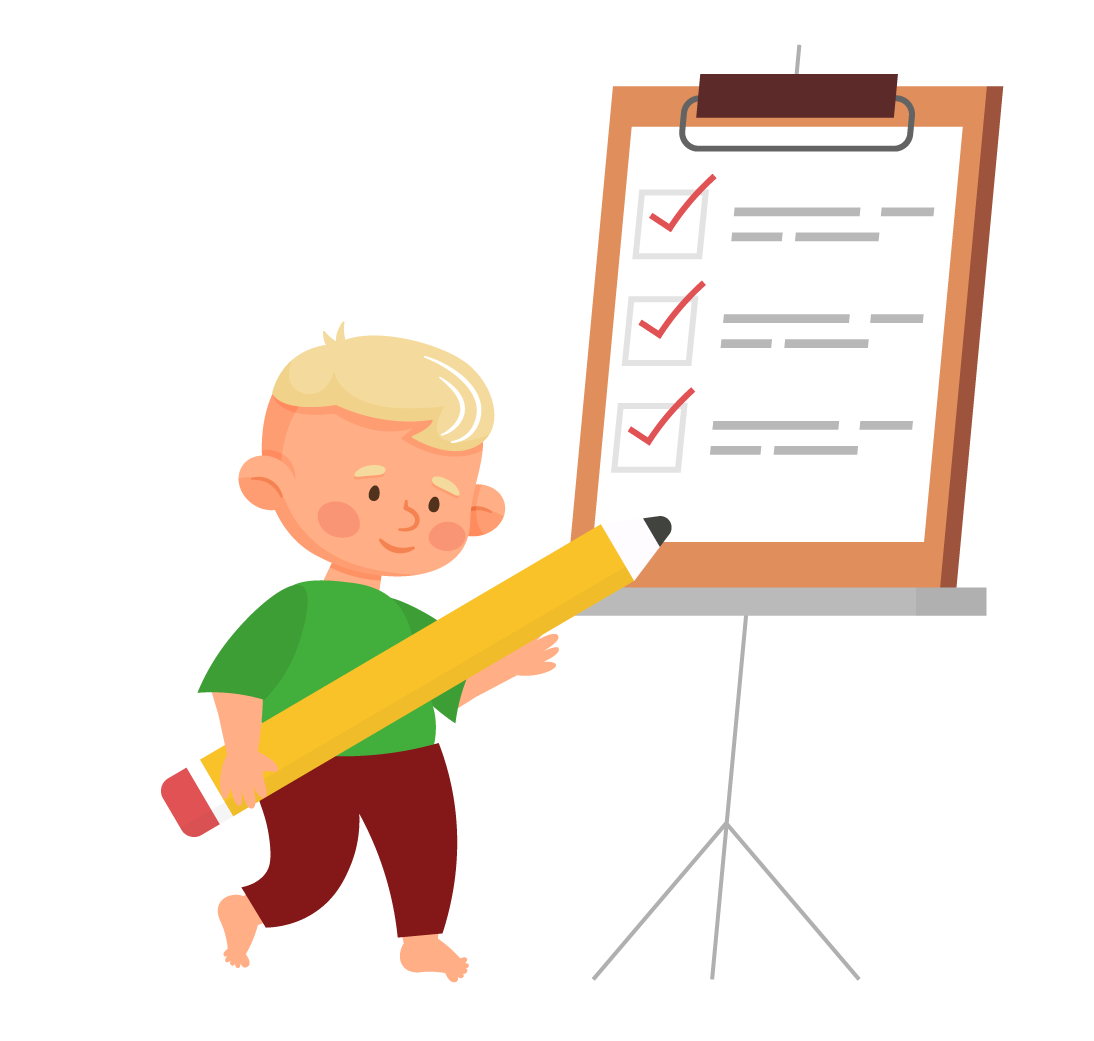Month
Weight(kg)
Height(cm)
4
5.6-8.6
60.0-67.8
5
6.1-9.2
61.9-69.9
6
6.4-9.7
63.6-71.6

age
Vaccines
4 Months
Hexa2
Rota2
OPV1
PCV2
6 Months
penta
OPV2
PCV3
age
Routine Checks
4 Months
Temperature measurement
Growth Monitoring
Developmental Follow Up
Immunization
Nutrition
Clinical Examination
6 Months
Temperature measurement
Growth Monitoring
Developmental Follow Up
Immunization
Nutrition
vision
Clinical Examination

Boy
Month
Weight(kg)
Height(cm)
4
5.6-8.6
60.0-67.8
5
6.1-9.2
61.9-69.9
6
6.4-9.7
63.6-71.6

Girl
Month
Weight(kg)
Height(cm)
4
5.1-8.1
58.0-66.2
5
59.9-68.2
6
5.8-8.7
59.9-68.2
• At this age add supplementary feeding in addition to breastfeeding, add each new food type separately, and avoid food that is known to cause allergy in the family
• Give the food without salt, sugar, or spices, until the completion of the first year
• Do not heat baby food in the microwave
MOTOR SKILLS
Uses hands for support while sitting
Rolls over in both directions (front to back, back to front)
Supports weight on legs when standing and might bounce
Tries to grab close objects when put on tummy
Transfers a toy from one hand to the other
SENSORY SKILLS
Is not annoyed at hearing everyday sounds
COMMUNICATION SKILLS
Recognizes parent’s voice or touch
Begins to babble and seek attention
Makes sounds to express feelings
Mimics sounds and facial expressions
Gets attracted to toys that make sounds
FEEDING SKILLS
Teething ointment
Spoons and bowls for soft solids, such as cereal
Stationary activity center for babies 4 months and older
Teething rings
Highchair
Toys: Tactile stimulation is important at this age, and every touch brings about new sensations. Try toys with different textures, shapes, and colors. Rattles are also good at this stage, as baby may begin to associate with an action, such as shaking a toy, with instant sound feedback.